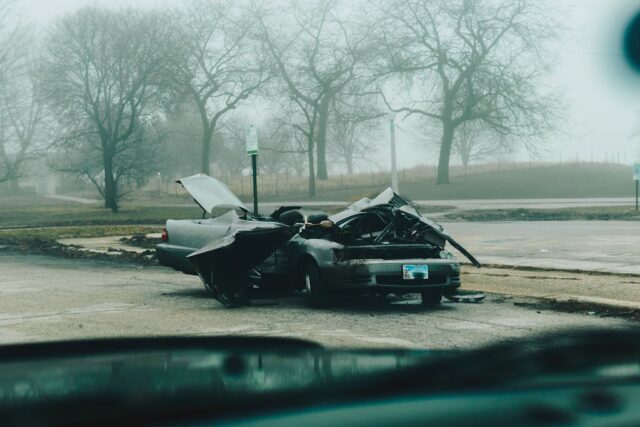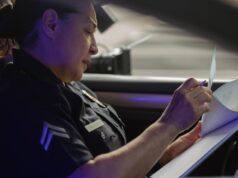A hit-and-run accident can be a stressful and frustrating experience, especially when the responsible driver flees the scene. Fortunately, auto insurance can help cover the costs associated with such accidents. Understanding how your insurance works in these situations can help you navigate the process more effectively. Here’s how auto insurance typically covers hit-and-run accidents.
Coverage Types That Apply
In a hit-and-run scenario, the type of coverage you have determines how the damage is covered. If the responsible driver cannot be found, your own insurance policy may cover the expenses, depending on your coverage options. The most common types of coverage that apply are uninsured motorist coverage and collision coverage.
Uninsured Motorist Coverage
Uninsured motorist coverage (UM) is designed to protect you in situations where the other driver is at fault but doesn’t have insurance or flees the scene. This coverage can help pay for medical expenses, lost wages, and car repairs if the responsible driver cannot be identified or is uninsured. Many states require this coverage as part of a standard auto insurance policy.
Collision Coverage
Collision coverage can also be helpful in hit-and-run situations, especially if the other driver’s identity is unknown. This coverage helps pay for the repair or replacement of your car after an accident, regardless of who is at fault. If the hit-and-run driver isn’t found, your own collision coverage can cover the damage to your vehicle, though you may need to pay a deductible.
Report the Accident Quickly
After a hit-and-run accident, it’s important to report the incident to the police immediately. Filing a police report is crucial for both legal and insurance purposes. Your insurer may require this report to process your claim. The more information you provide, such as any details about the vehicle or the location, the better the chances of recovering damages.
State Laws and Requirements
Laws regarding hit-and-run accidents and insurance coverage vary by state. Some states have specific rules about how uninsured motorist coverage works, and they may also set a time limit within which you need to report the accident. Be sure to familiarize yourself with your state’s laws to ensure you follow the proper procedures.
Deductibles and Claim Process
If you need to use your collision coverage or uninsured motorist coverage, be prepared to pay a deductible. This is the amount you must pay out of pocket before your insurance policy kicks in. Keep in mind that your insurer may investigate the accident to determine the extent of the damage and whether the hit-and-run driver can be identified.
Potential for Legal Action
In some cases, if the responsible driver is eventually found, your insurance company may seek to recover the costs from the at-fault driver. If the driver’s identity is discovered, your insurer may pursue legal action to recover the damages from them.
Protection Against Financial Loss
Hit-and-run accidents can be emotionally and financially draining. However, having the right insurance coverage in place can offer financial protection and help you recover more quickly. By ensuring you have adequate uninsured motorist and collision coverage, you can have peace of mind knowing you’re covered if the worst happens.
By understanding how auto insurance covers hit-and-run accidents, you can better navigate these difficult situations and ensure you are financially protected.









